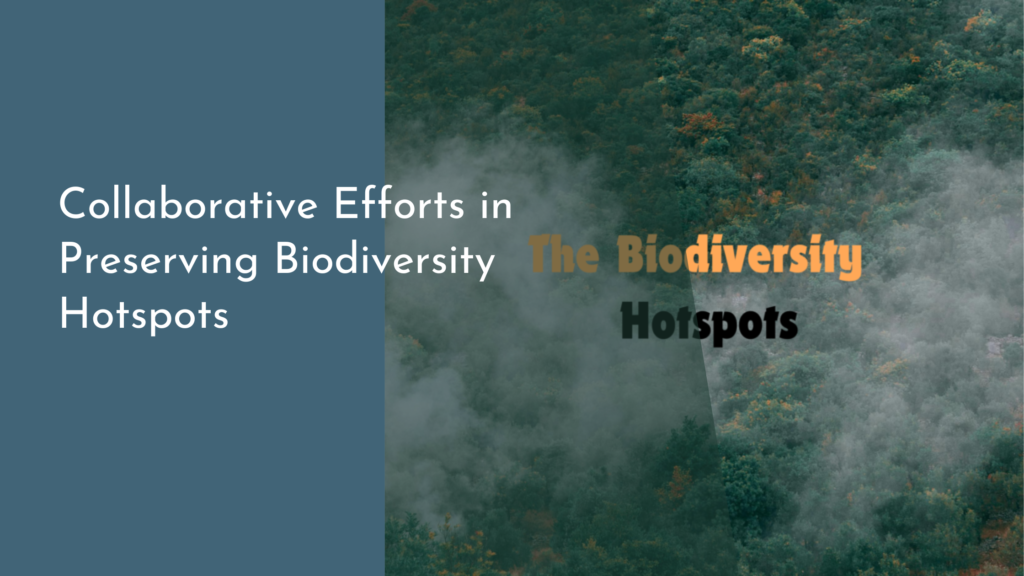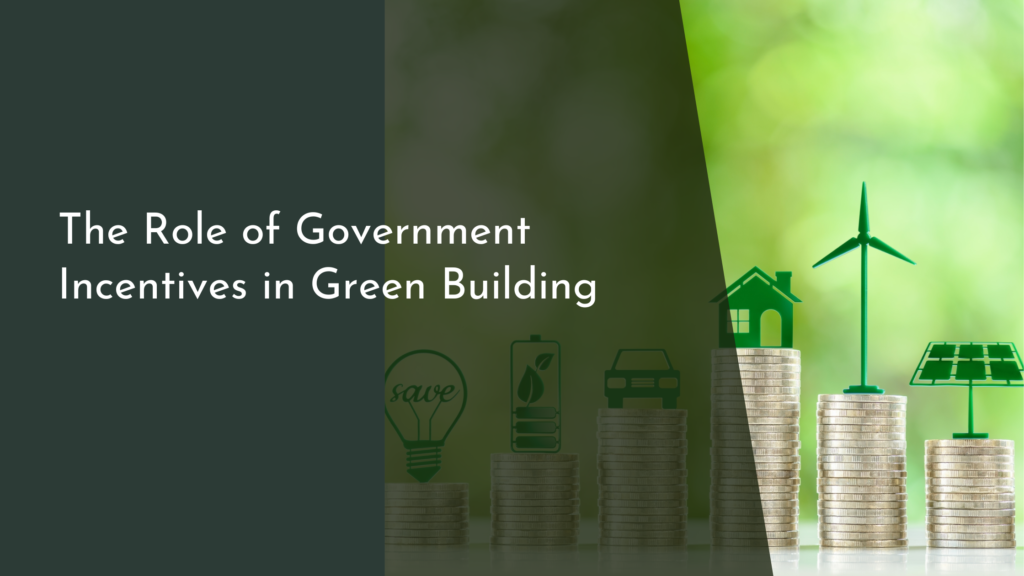How Urban Forestry Enhances Urban Planning Resilience
Urban areas continue to face challenges such as climate change, population growth, and increasing environmental degradation. To create healthier, more sustainable cities, urban forestry emerges as a critical component of urban planning. By integrating trees and green spaces into city designs, urban forestry not only beautifies the landscape but also provides essential ecological and social benefits. This article explores how urban forestry enhances urban planning resilience through various mechanisms, including environmental benefits, community well-being, and collaborative efforts towards a greener future.
The Green Benefits of Urban Forestry in City Planning
Urban forestry plays a pivotal role in improving air quality and mitigating urban heat islands. Trees act as natural air filters, absorbing pollutants and carbon dioxide while releasing oxygen. This process not only contributes to cleaner air but also decreases the overall temperature in urban environments. Additionally, the shade provided by tree canopies can significantly reduce the need for air conditioning in nearby buildings, leading to lower energy consumption and utility costs.
Moreover, trees and green spaces contribute to stormwater management by absorbing rainfall and reducing runoff. This natural filtration system helps to prevent flooding and erosion, safeguards water quality, and minimizes the burden on municipal drainage systems. By incorporating urban forestry into city planning, municipalities can create more sustainable and resilient infrastructures that can withstand weather extremes and climate challenges.
Boosting Urban Resilience Through Tree Canopy Coverage
A comprehensive tree canopy provides significant protective benefits to urban areas, making them more resilient to climate-related hazards. Increased tree coverage can help shield communities from extreme weather events such as storms and heatwaves. Trees can act as windbreaks, reducing the speed and impact of strong winds, while their cooling effects can lessen the intensity of heatwaves, protecting vulnerable populations.
Moreover, tree canopies promote biodiversity by offering habitats for various species, which is crucial for maintaining ecological balance. A diverse urban ecosystem can better adapt to changes in climate and other environmental pressures. Therefore, enhancing tree canopy coverage in city planning not only fortifies urban resilience but also enriches the natural landscape, promoting both ecological and social well-being.
Enhancing Quality of Life with Urban Green Spaces
Incorporating urban forestry into city planning significantly enhances the quality of life for residents. Green spaces provide opportunities for recreation, relaxation, and social interaction, fostering a sense of community among neighbors. Parks and gardens serve as essential venues for family gatherings, outdoor activities, and cultural events, contributing to the overall social fabric of urban life.
Additionally, exposure to nature has been shown to improve mental health and reduce stress. Urban forestry initiatives can create tranquil environments where residents can disconnect from the hustle and bustle of daily life, promoting peace and well-being. By prioritizing green spaces in urban planning, cities can create healthier, more vibrant communities where people thrive.
Collaboration for a Greener, More Resilient Future
Achieving successful urban forestry initiatives requires collaboration among various stakeholders, including government agencies, community organizations, and local residents. By engaging communities in planning and decision-making processes, cities can ensure that urban forestry efforts meet the unique needs of their populations. Involving local residents in tree planting and maintenance fosters a sense of ownership and stewardship, creating a collective commitment to preserving the urban green environment.
Moreover, partnerships with environmental groups and educational institutions can facilitate knowledge sharing and resource mobilization, enhancing the effectiveness of urban forestry programs. Collaborative efforts can lead to innovative solutions for incorporating green infrastructure into city planning, ultimately fostering a greener, more resilient future. As cities continue to evolve, the integration of urban forestry must remain a priority to ensure sustainable development that benefits all.
In conclusion, urban forestry represents a vital strategy for enhancing urban planning resilience. By providing essential environmental benefits, improving quality of life, and fostering collaboration among stakeholders, trees and green spaces play an indispensable role in shaping healthier, more sustainable cities. As we look to the future, embracing urban forestry will not only beautify our landscapes but also empower communities to thrive amidst the challenges of urbanization and climate change. Embracing a greener urban vision is not just an aspiration; it is a necessary step towards creating resilient cities that nurture both people and the planet.


